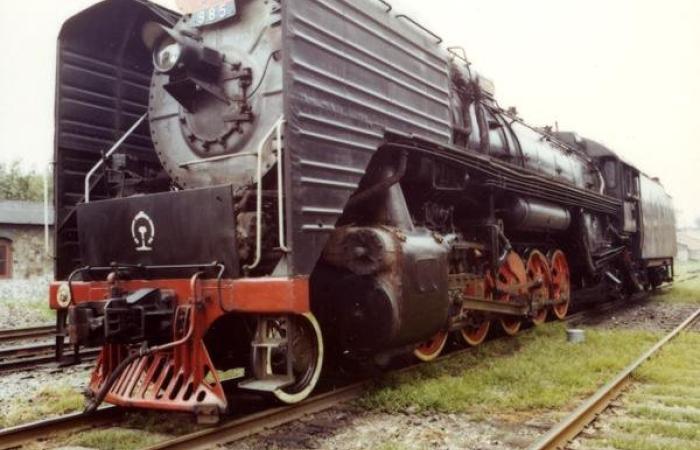
China's Dream of a Red Railway: Technicians & Industrial Power, 1945-1976
Railroads unite. Across time and space the railroad has tied together diverse peoples and places with literal and figurative bonds. An outstanding example of this historical process is the transfer and elaboration of a railroad technocracy from origins in the United States to efflorescence in the People’s Republic of China. In his dissertation project, Benjamin Kletzer, PhD candidate in modern Chinese history at the University of California at San Diego, explores the post-WWII history of the China national railway, its embrace of technocratic management, it relationship to the Chinese Communist Party, and its technical and organizational roots in the Pennsylvania Railroad.
Using Hagley Library collections, Kletzer traces the story of a cohort of Chinese engineers who studied in the United States, funded in part by the U.S. military, and transferred their newly acquired expertise to the developing railway system in China. This cohort had a unique historical opportunity to shape Chinese railways due to the destruction of rails, rolling stock, and other railroad infrastructure during recurrent periods of instability: WWII, civil war, Great Leap Forward, and the Cultural Revolution. Over generations, the Chinese railway technocracy has gained momentum, and lead the development of heavy industrial capacity in the country. Today, the Chinese are world leaders in railroad technology and construction, and no longer need to borrow from international peers. This twenty-first century success builds upon deeper twentieth-century foundations.
In support of his research, Kletzer received funding from the Center for the History of Business, Technology, & Society at the Hagley Museum & Library.
The audio only version of this program is available on our podcast.
